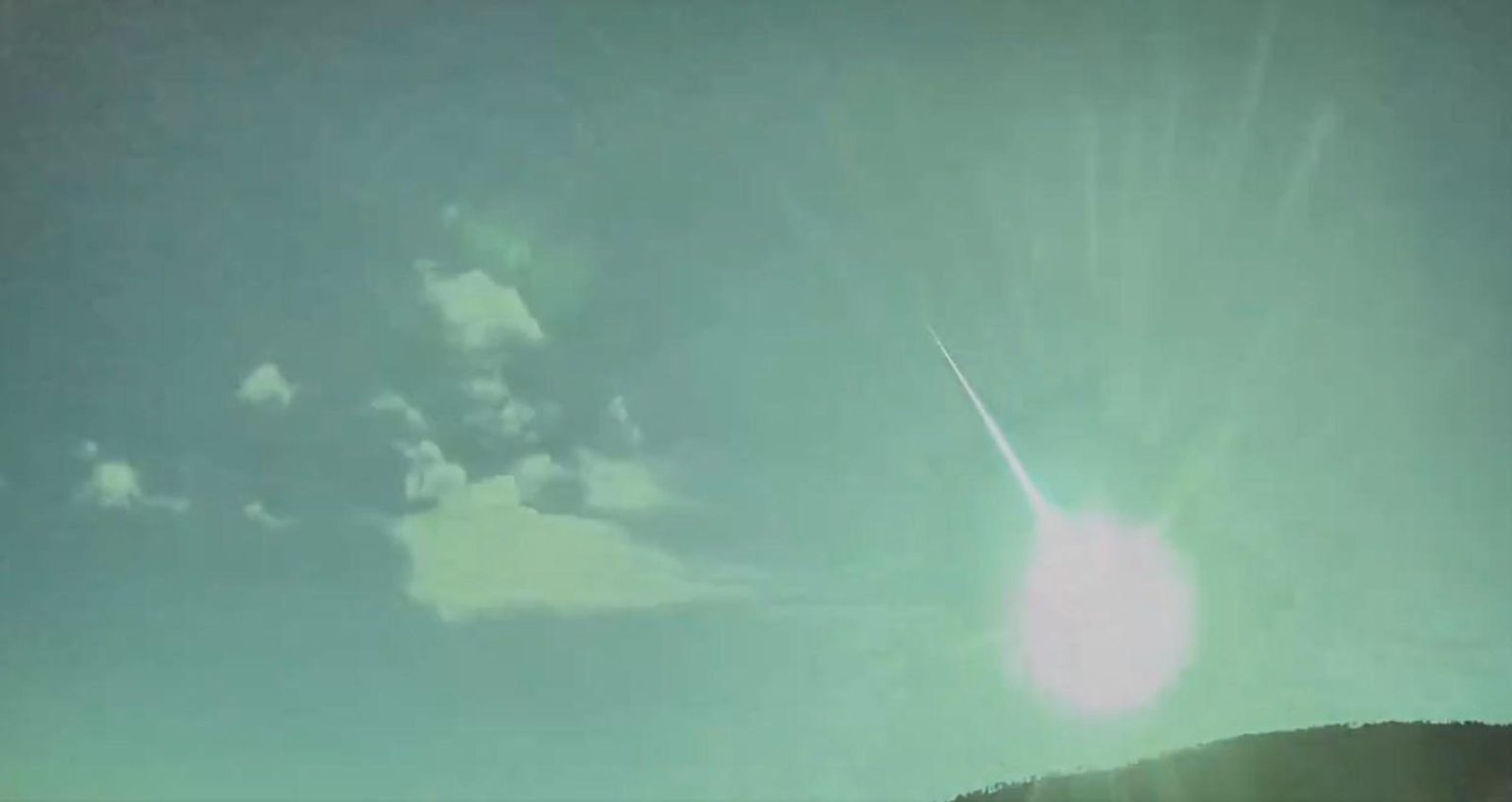On Saturday night, social media was abuzz with videos of a large blue-green fireball streaking across the sky over Portugal, captivating viewers with its stunning display. The European Space Agency (ESA) has now revealed that the meteor was likely a small piece of a larger icy body that entered Earth’s atmosphere.
According to the ESA, the object was most likely a fragment of a comet that traveled over Spain and Portugal at a speed of approximately 45 km/s before disintegrating over the Atlantic Ocean at an altitude of 60 km. The Spanish Observatorio de Calar Alto also confirmed the comet’s origin, noting that it first became visible at an altitude of 122 km before burning out at 54 km.
Numerous reports of the sighting flooded into the International Meteor Organization, indicating the widespread visibility of the event across Europe. While initial reports suggested that parts of the fireball may have reached the ground in Portugal, the ESA has stated that the chances of finding meteorites are very low.
Despite the lack of detailed information about the specific comet from which the fireball originated, the ESA emphasized that it was not tracked or reported prior to impact. The ESA’s announcement has sparked interest and curiosity among scientists and researchers, who are eager to learn more about the mysterious celestial event.
The observatory estimates the fireball first became visible as it burned up over Europe at an altitude of 122 km (76 miles) and lit up the sky for the next several seconds as it fragmented and flamed out by the time it was at 54 km (34 miles) high.
The incident has left many people fascinated with the wonders of the universe and the unpredictability of celestial events. As the story continues to develop, scientists and astronomers will be closely monitoring any new information that may shed light on the origins of the fireball and its journey through Earth’s atmosphere.













